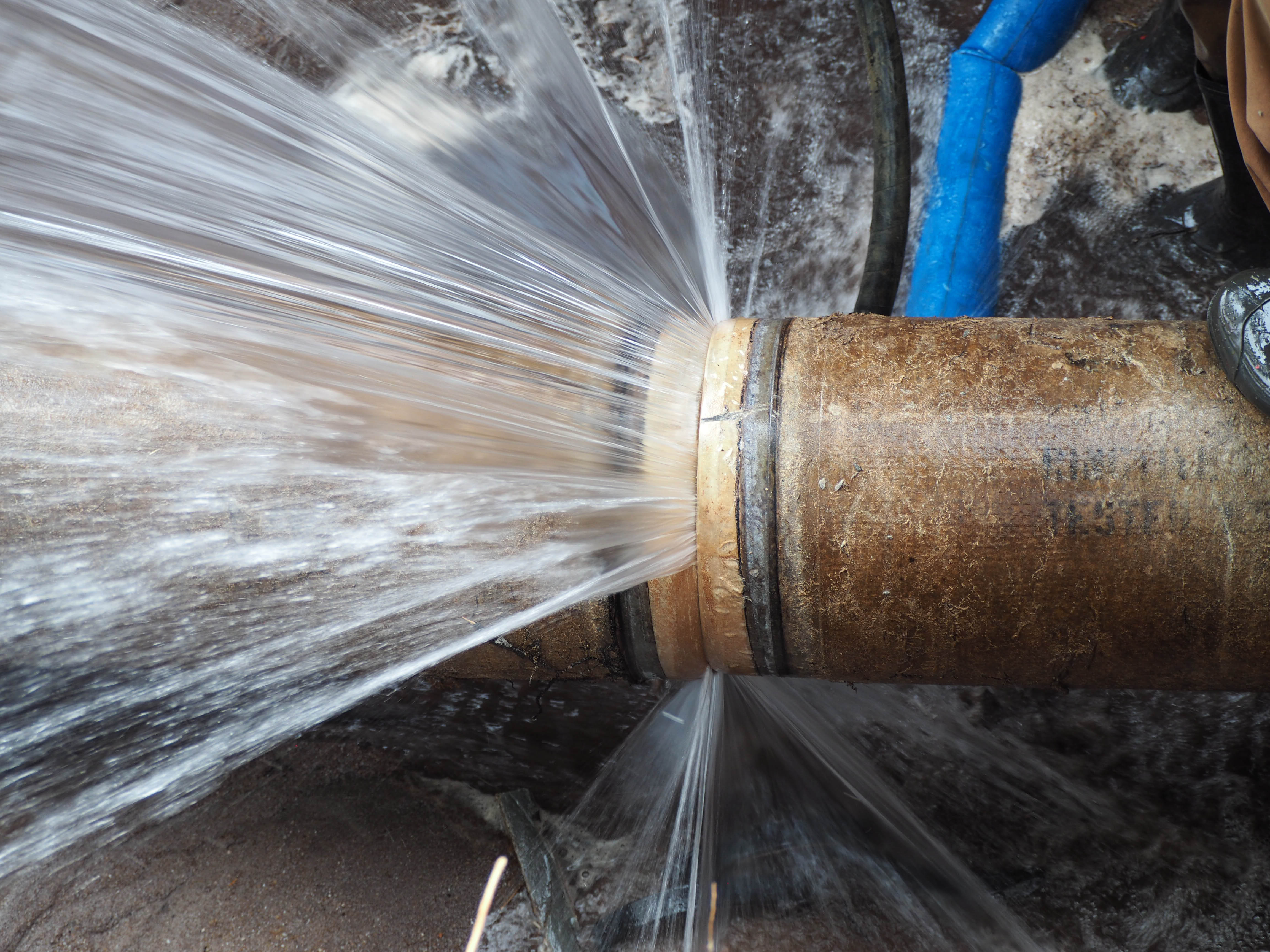Tips to Protect Your Pipes from Freezing: Specialist Tips
Tips to Protect Your Pipes from Freezing: Specialist Tips
Blog Article
How do you actually feel with regards to How to Prevent Your Pipes From Freezing?

Cold weather can wreak havoc on your plumbing, particularly by freezing pipelines. Right here's how to avoid it from occurring and what to do if it does.
Intro
As temperatures drop, the risk of icy pipelines rises, potentially resulting in expensive repair services and water damage. Understanding just how to avoid icy pipes is critical for property owners in cool environments.
Understanding Frozen Pipelines
What creates pipes to freeze?
Pipes freeze when subjected to temperature levels below 32 ° F (0 ° C) for extended periods. As water inside the pipes freezes, it expands, putting pressure on the pipe walls and potentially causing them to burst.
Risks and damages
Icy pipelines can bring about water supply disturbances, residential or commercial property damage, and expensive repairs. Ruptured pipes can flood homes and create substantial structural damage.
Indicators of Frozen Water Lines
Identifying icy pipes early can stop them from rupturing.
Exactly how to recognize frozen pipelines
Search for reduced water circulation from faucets, unusual smells or noises from pipelines, and noticeable frost on revealed pipelines.
Avoidance Tips
Protecting susceptible pipes
Cover pipelines in insulation sleeves or make use of heat tape to shield them from freezing temperature levels. Focus on pipes in unheated or outside areas of the home.
Home heating methods
Keep indoor areas adequately heated, especially locations with pipes. Open cupboard doors to permit warm air to distribute around pipes under sinks.
Securing Exterior Pipes
Yard hoses and exterior faucets
Detach and drain yard hose pipes prior to winter. Set up frost-proof faucets or cover exterior taps with shielded caps.
What to Do If Your Pipelines Freeze
Immediate activities to take
If you believe icy pipelines, maintain faucets open to eliminate stress as the ice thaws. Use a hairdryer or towels taken in warm water to thaw pipes slowly.
Long-Term Solutions
Structural adjustments
Consider rerouting pipelines far from exterior walls or unheated areas. Include added insulation to attic rooms, basements, and crawl spaces.
Upgrading insulation
Invest in high-quality insulation for pipes, attics, and walls. Proper insulation helps maintain consistent temperatures and decreases the danger of frozen pipelines.
Conclusion
Preventing frozen pipes calls for proactive steps and fast feedbacks. By comprehending the causes, indications, and safety nets, home owners can shield their plumbing during cold weather.
5 Ways to Prevent Frozen Pipes
Drain Outdoor Faucets and Disconnect Hoses
First, close the shut-off valve that controls the flow of water in the pipe to your outdoor faucet. Then, head outside to disconnect and drain your hose and open the outdoor faucet to allow the water to completely drain out of the line. Turn off the faucet when done. Finally, head back to the shut-off valve and drain the remaining water inside the pipe into a bucket or container. Additionally, if you have a home irrigation system, you should consider hiring an expert to clear the system of water each year.
Insulate Pipes
One of the best and most cost-effective methods for preventing frozen water pipes is to wrap your pipes with insulation. This is especially important for areas in your home that aren’t exposed to heat, such as an attic. We suggest using foam sleeves, which can typically be found at your local hardware store.
Keep Heat Running at 65
Your pipes are located inside your walls, and the temperature there is much colder than the rest of the house. To prevent your pipes from freezing, The Insurance Information Institute suggests that you keep your home heated to at least 65 degrees, even when traveling. You may want to invest in smart devices that can keep an eye on the temperature in your home while you’re away.
Leave Water Dripping
Moving water — even a small trickle — can prevent ice from forming inside your pipes. When freezing temps are imminent, start a drip of water from all faucets that serve exposed pipes. Leaving a few faucets running will also help relieve pressure inside the pipes and help prevent a rupture if the water inside freezes.
Open Cupboard Doors
Warm your kitchen and bathroom pipes by opening cupboards and vanities. You should also leave your interior doors ajar to help warm air circulate evenly throughout your home.

We were shown that report on How to prepare your home plumbing for winter weather from a buddy on a different web blog. So long as you enjoyed our post if you please consider to share it. Bless you for being here. Revisit us soon.
Prices & Booking Report this page